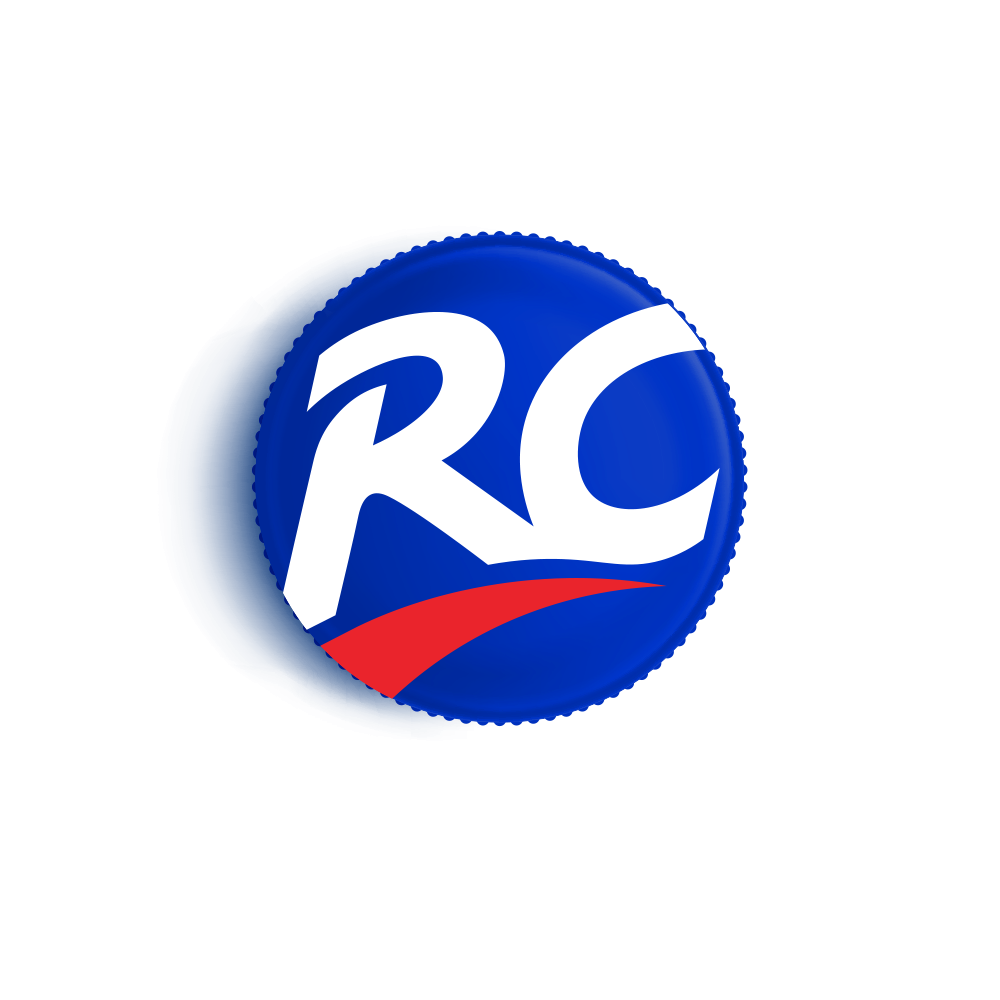As eco-awareness and green policies gain traction throughout the corporate world, scores of brands are actively working to embrace Earth-friendly beverage packaging practices. Sustainability is a hot trend; according to a recent survey, 66% of all respondents, and 75% of millennial respondents, said a company’s sustainability policy matters.
Conscious packaging can also make a difference to your bottom line, as waste is a serious money drain. By cutting down on waste, you’re cutting down on costs.
Where does BEVERAGE packaging come into play?
In order to develop the right strategy to reduce packaging waste in your beverage business, it’s critical to identify where and when packaging is used. Look at the packaging of your consumer end product, along with how it’s utilized during the manufacturing process and the logistics journey to its distribution point.
Here are the best ways to reduce your beverage packaging waste, to help the planet, increase your bottom line, and provide a boost to your beverage marketing approach.
Five ways to reduce beverage packaging waste
1)Embrace biodegradable packaging
Utilizing recyclable materials such as cardboard, paper, and even recycled drink packaging, means less waste piling up in landfills. Industry titan Nestlé is planning to adopt an ambitious zero-waste approach.
“Our vision is that none of our product packaging, including plastics, should end up in landfill or as litter, including in seas, oceans and waterways,” says Walt Peterson, Packaging Digest. “To achieve this, our ambition is that 100% of our packaging is reusable or recyclable by 2025.”
The future is here, and it’s sustainable. With a plethora of recyclable materials at your disposal, you should seriously consider adopting new beverage packaging materials that are easier on the environment and signal your brand’s commitment to green practices to your target audience.
2) Reevaluate your shipping practices
The Environmental Protection Agency (EPA) reports that containers and packaging contribute over 23% of the material reaching landfills in the U.S.. Forget layers of plastic on plastic, unnecessary padding, boxes within boxes, and other old-school shipping techniques. It’s high time to take a second look at how you wrap and ship your product, with an emphasis on finding ways to use as little packaging as possible.
Be creative and innovative with your logistics process. Using minimal wrapping and packaging during shipping also results in lower fuel costs and less half-packed trucks on the road, lowering both your transport costs and carbon emissions.
3) Lighter weight packaging for lower environmental impact
By simply reducing the weight of the packaging you use for your product, you can make a major impact. A reduction of the overall weight of your product by even a tenth of an ounce quickly adds up. Vetropack leverages a super lightweight design style for their glass bottle that resonates with both beverage manufacturers and consumers alike.
“Reduced weight means saving resources,” the company explains. Lighter weight packaging, from the product itself to the way it's wrapped, helps with everything from less consumption of non-renewable resources to smaller carbon footprints.
4) Design with the end in mind
Reconsider the design of your consumer packaging. This means investigating solutions such as eliminating smaller product sizes. Worried that your customers will bristle at a change in the brand packaging that they know and love? Experts say that shouldn’t be a concern.
“Brands that deliver on pursuit of purpose, that drive a culture of sustainable innovation, are the front runner’s in consumers’ eyes - and they are watching,” Cristianne Close, Global Markets Practice Leader at the World Wildlife Fund, told the World Economic Forum.
5) Sharpen accuracy of volume and production
While it’s impossible to boil your manufacturing process down to an exact science, the closer you get to hyper accuracy in production and volume, the better. Try to avoid overproducing products, because expired leftovers will have to be destroyed. Leveraging data sets and reports, you’ll be able to make more accurate predictions around the right amounts, dropping waste and slashing production costs.
Become a bottler with RC Cola for more advice on revamping your beverage packaging to cut down on waste. With decades of experience in beverage marketing, manufacturing, and bottling, we’d love to help you reimagine your packaging for a more sustainable design, and guide you towards the best ways to reap the benefits of greener packaging for your business.




